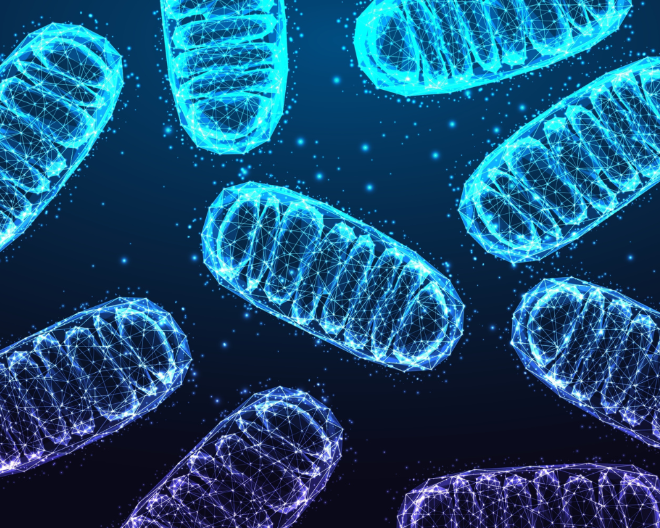Acute lymphoblastic leukemia: two results from San Raffaele could favor prognosis and therapy
0/resolutions/res-l992x10000/Due_ricerche_leucemia_mieloide_acuta_team_Gentner_Gabellini_UniSR-(1)0.png)
Acute lymphoblastic leukemia (ALL) is the most frequent tumor in childhood (in fact it represents 80% of all leukemias and 25% of all tumors diagnosed between 0 and 14 years). It originates from particular white blood cells, lymphocytes, and is characterized by an accumulation of these cells in the bone marrow, blood and other organs.
Two studies from San Raffaele, thanks to the information obtained with advanced sequencing and transcriptomic technologies, may help to identify further prognostic criteria earlier and better personalize treatments for this particular leukemic form.
0/resolutions/res-l1920x10000/Due_ricerche_leucemia_mieloide_acuta_team_Gentner_Gabellini_UniSR-(2)0.png)
The study on "Leukemia"
In recent years, considerable progress has been made in the treatment of B-cell acute lymphoblastic leukemia. However, in some cases the disease persists, giving rise to relapses whose treatment is complex.
Doctors and researchers from UniSR, IRCCS Ospedale San Raffaele and SR-Tiget have published a study in Leukemia ("Nature" group) aimed at understanding why in some cases the disease resists treatments and how to effectively and quickly direct the most suitable therapies for the individual patient.
Says Professor Bernhard Gentner, until recently head of the Stem Cell and Leukemia Laboratory of the San Raffaele Telethon Institute for Gene Therapy and now professor at the University of Lausanne:
“Recently our laboratory carried out a study in which it was demonstrated how a particular microRNA, miR-126, identifies leukemic stem cells responsible for resistance to chemotherapy. In B-cell acute lymphoblastic leukemia we speak of intra-tumoral heterogeneity: within a tumor multiple cell populations coexist which differ in genetics, functions and epigenetics".
Thanks to particular molecular studies, the researchers investigated whether miR-126 could also have a role in determining intra-tumoral heterogeneity in human acute lymphoblastic leukemia and consequently also in the persistence of the disease after treatment. The result highlighted a DNA methylation pattern and transcriptomic signature characterizing subpopulations high in miR-126, which can be easily identified by single-cell RNA sequencing.
The proposal of the San Raffaele research group is to introduce this prognostic test into the clinic in association with the current criteria, because this would allow for a more precise initial stratification of patients and to identify candidates who would benefit more from a first-line immunotherapeutic approach.
/resolutions/res-l1920x10000/Due_ricerche_leucemia_mieloide_acuta_team_Gentner_Gabellini_UniSR-(2).jpg)
The study on "Science Advances"
Davide Gabellini is Group leader of the “Gene expression and muscular dystrophy” Unit. The study by his research group, just published in Science Advances, has instead clarified a molecular mechanism underlying this subtype of leukemia, identifying a possible therapeutic route.
Our cells contain transcription factors, i.e. proteins that bind to specific DNA sequences and regulate gene expression. In the case of B-cell acute lymphoblastic leukemia, in approximately 10% of cases the disease is caused by a "rearranged" form of the DUX4 transcription factor called DUX4-r. To date, the molecular mechanism by which DUX4-r causes leukemia is poorly understood and no therapeutic strategies are available to specifically target this type of leukemia.
Dr. Gabellini says:
“By combining transcriptomic and genomic approaches we discovered that, although DUX4 and DUX4-r share a common DNA binding area, they bind to and activate different sets of genes. In particular, only DUX4-r activates the expression of genes involved in cell adhesion, migration and cancer.
We further discovered that the activity of DUX4-r is strictly dependent on a transcriptional coactivator called GTF2I, which is highly expressed in B cells. In particular, genetic or pharmacological inhibition of GTF2I blocks the leukemogenic activity of DUX4-r both in cellular models and in animal models of this leukemia. Overall, our results demonstrate that DUX4-r acquires its oncogenic capacity through a gain of interaction with GTF2I, which is key to activating genes required for leukemia."
Future studies will address a better understanding of the molecular mechanisms that control the activity and expression of GTF2I in order to develop personalized therapeutic strategies for leukemia due to DUX4-r.
/resolutions/res-l1920x10000/Due_ricerche_leucemia_mieloide_acuta_team_Gentner_Gabellini_UniSR-(3).jpg)
You might be interested in

The microbiome as an ally against myeloma

Intrecci: a UniSR project for more inclusive and accessible cancer diagnosis

A New Approach to Enhance Immunotherapy in Multiple Myeloma
/resolutions/res-c660x528/Pensa_Aorta_Congresso_UniSR-(3).png)
